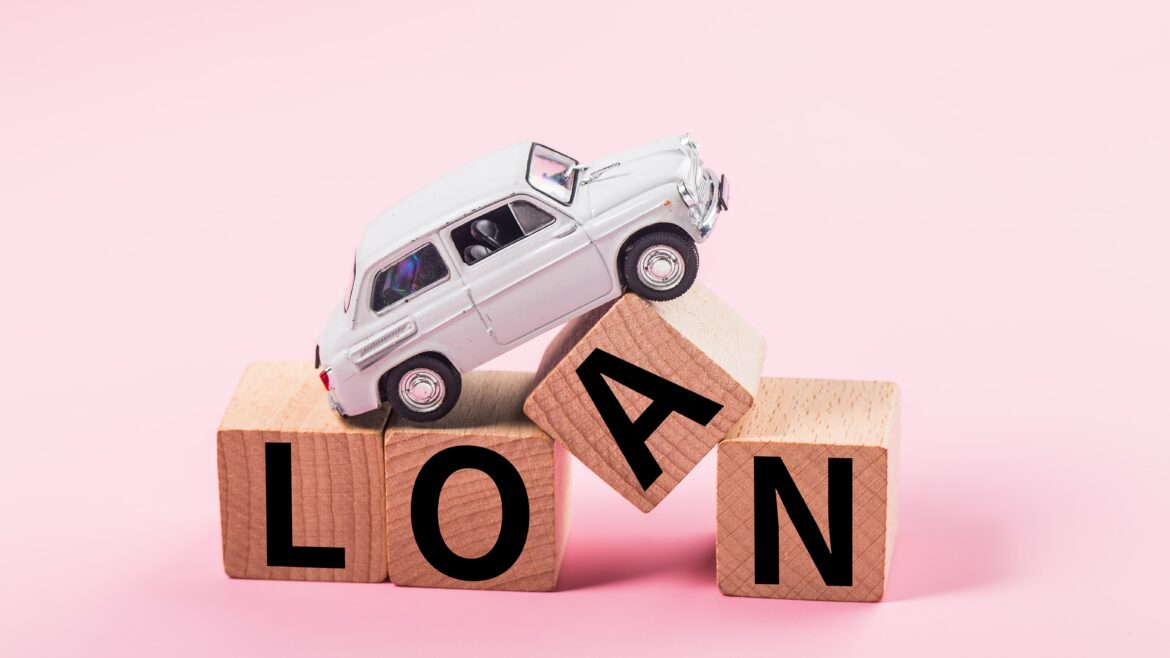As the auto and auto finance industries have navigated through a series of changes over the last few years, both are now adjusting to flat consumer demand, rising interest rates, and a continued focus on used vehicles to offset affordability issues in the marketplace.
This confluence of factors has made it appealing for credit unions to refresh their asset management strategy and bolster their focus on member needs by emphasizing products that help members protect their automotive investments. The benefits are twofold–more steadfast member relationships and enhanced resources to help manage auto lending strategies in 2023.
Market share and used vehicle lending
Credit unions ended 2022 by writing 27% of the combined pool of auto loans and leases that originated during the fourth quarter, according to Experian. It was the largest market share among all major auto lending segments according to the firm, and there are signs it’s still increasing. The 22% market share secured by credit unions in Q1 of 2023 signaled a 3-percentage-point jump from the previous year.
The used vehicle market is a prime growth target for credit unions as the affordability of used vehicles has significantly increased demand. Used vehicles were involved in 59% of all financing during Q1 of ’23, up from 57% a year earlier.
An opportunity to offer meaningful protection to members
The focus on used vehicles has created an opportunity for credit unions to offer a bevy of protection plans uniquely designed to help their members. Credit union leaders are working with protection product providers to ensure their coverage options are well-suited for the pre-owned buyer.
Typically, product programs that work well for new vehicle sales are the same ones that work best for used sales—adjusted for the pre-owned buyer. Service contract programs and various ancillary products, such as key replacement and tire and wheel, can provide a great deal of value and peace of mind for pre-owned buyers.
Other products offered by credit unions to their members include GAP (Guaranteed Asset Protection), DPW (Depreciation Protection, which is similar to GAP but protects positive equity), MBP (Mechanical Break Down Protection), and debt protection (for hardships like illness, injury, unemployment, death, etc.).
GAP has the highest acceptance rate, followed by debt protection as it’s offered on more than just auto loans, MBP and DPW. GAP has the lowest relative cost, with the least amount of payment impact, making it the most widely accepted protection product among borrowers.
Credit unions are also evolving the ways they offer products to their members. Some are making products available online in a self-service style. Others are having more in-depth conversations with members with time freed up by lower loan volumes. Another trend is adding a small compensation for lenders to build and maintain a culture of offering 100% of the time. As a result, many credit unions are taking the time to offer additional training to their employees on how to have consultative conversations about protection products.
Increased member satisfaction and revenue
Protection products are important in helping members preserve and protect their investments. Auto repair costs are continuing to climb, up 23% from last year according to the U.S. Bureau of Labor Statistics. This is 4X faster than inflation and means that it is increasingly expensive to maintain a vehicle. When coupled with other inflationary pressures, the need for protection is crucial in today’s market.
Auto values are falling after unprecedented appreciation during the pandemic. With repair costs up and values down, more vehicles are declared a total loss. Additionally, the employment market is tightening up, meaning more members potentially face job layoffs or loss of benefits. All of these pressures together make the need for coverage like MBP, GAP, and debt protection increasingly important.
Aside from member satisfaction, there is also the potential for additional non-interest revenue for the credit union. Income, typically modest, is controlled by credit union preference and affected by many factors, the most important of which is member value. Credit unions can also consider paid claims as a measure of income, just not in the typical sense. Any dollars put toward maintaining loan assets are positive.
With this approach and the right product options, credit unions can maximize their growth in the automotive market and ensure a higher level of member satisfaction in 2023 and beyond.
























































